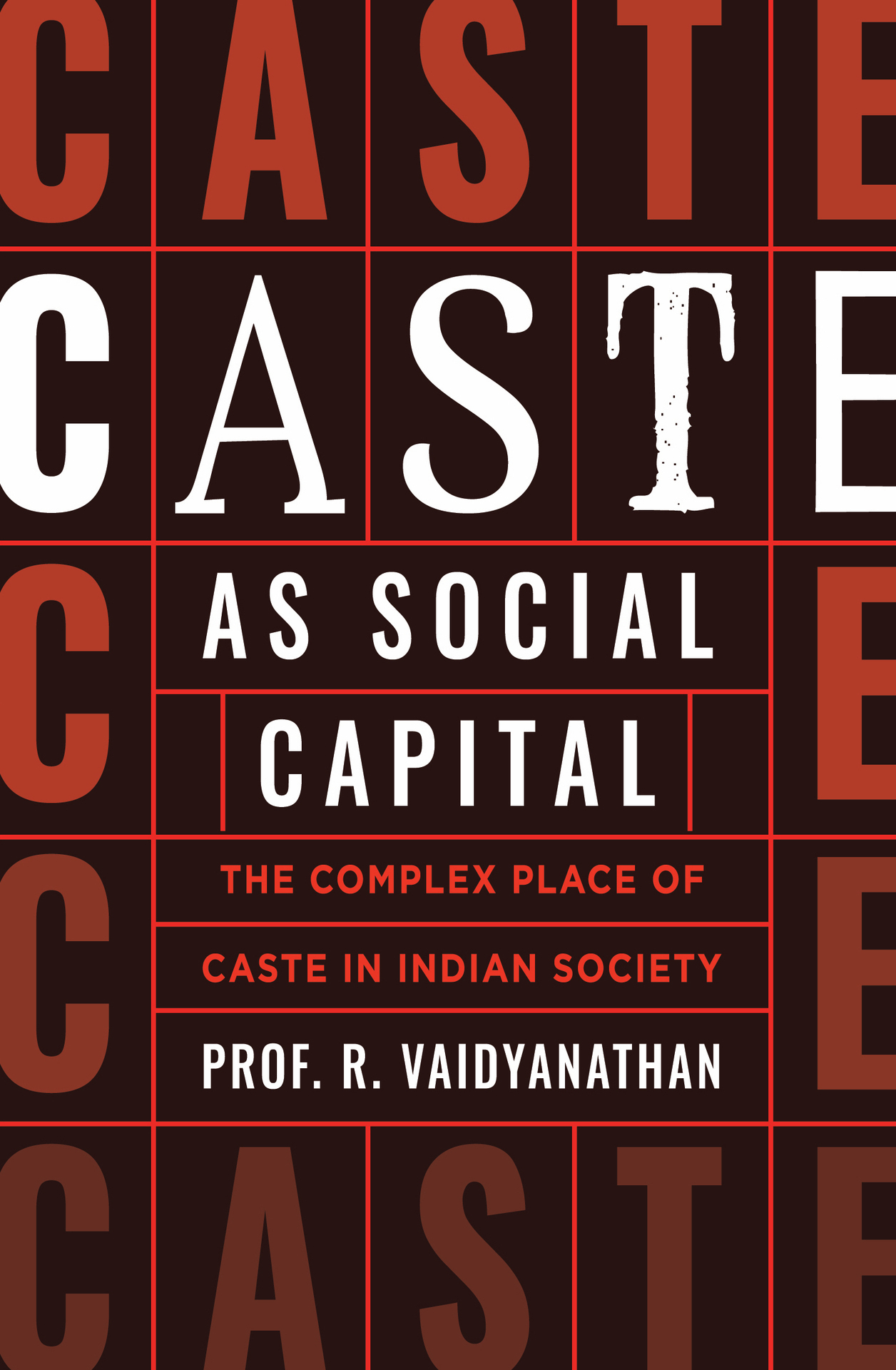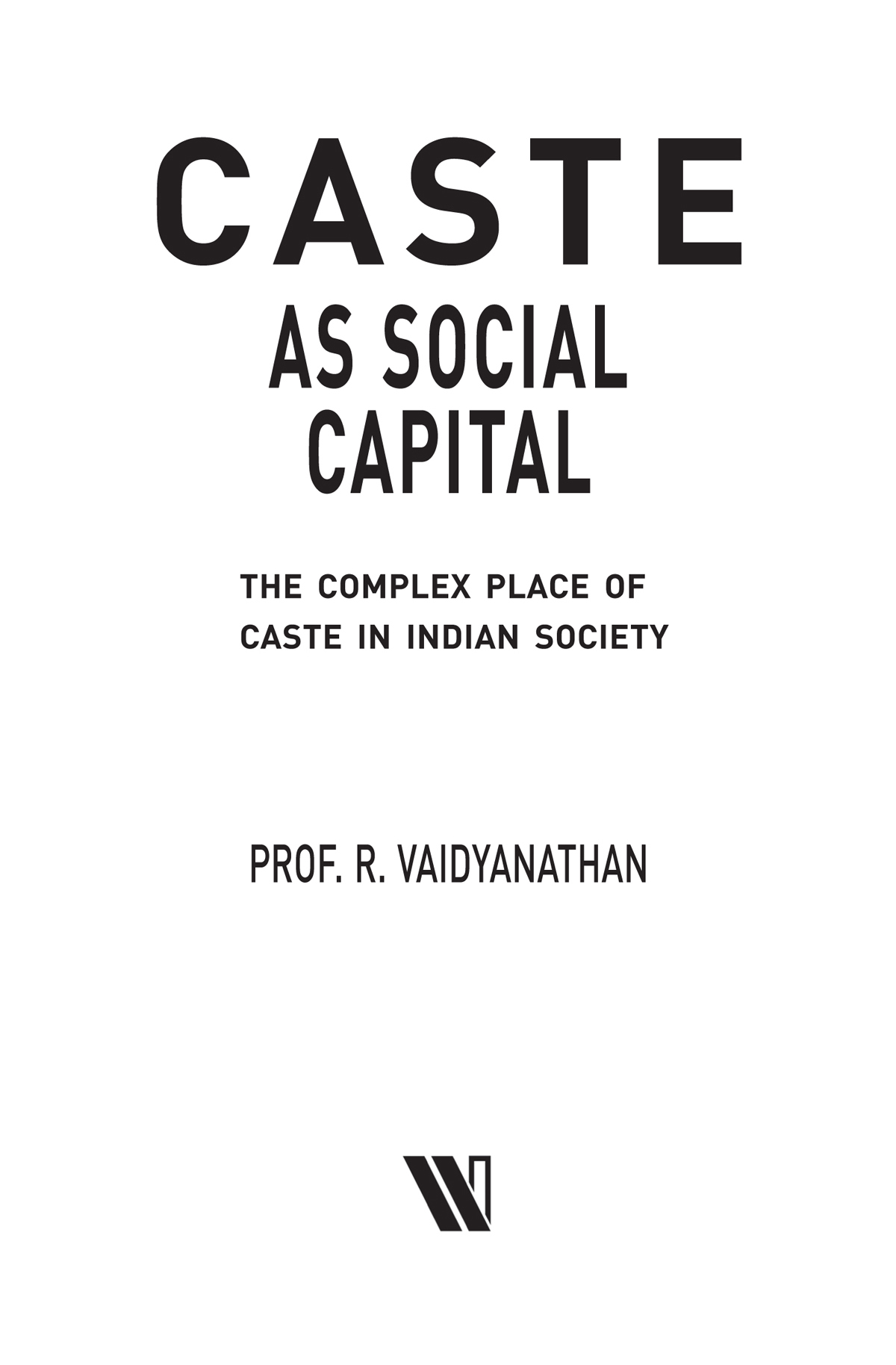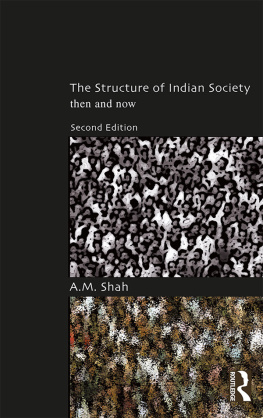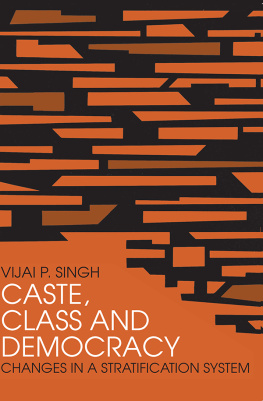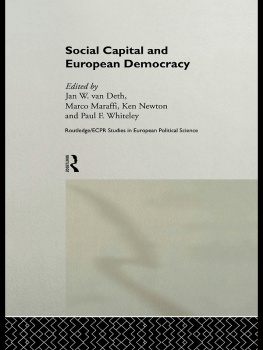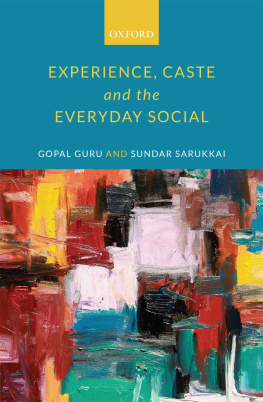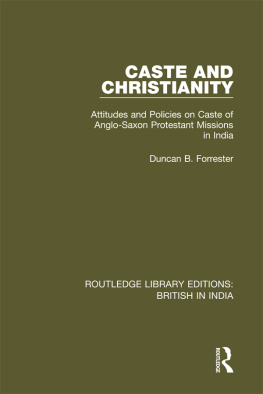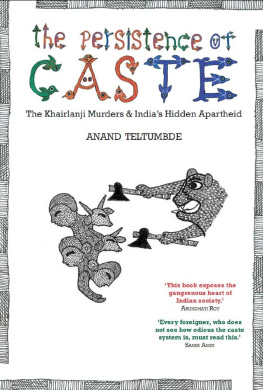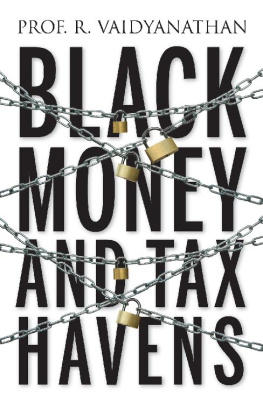Caste as Social Capital
Prof. R. Vaidyanathan is a retired Professor of Finance at IIM, Bangalore. He is a two-time Fulbright scholar and was a Fellow of ICSSR. He has been a Visiting Professor at various universities in the USA and UK and was selected by Business Today as one of the ten best professors at all IIMs. He has the rare privilege of being is a committee-member of many regulatory bodies, such as RBI, SEBI, PFRDA and IRDA. He is a consultant to many organisations and is on the board of many corporates. He is on the advisory council of Vivekananda International Foundation, New Delhi.
His earlier books India Uninc and Black Money and Tax Havens (both published by Westland)were well-received by experts, policy planners and practitioners.
Prof. R. Vaidyanathan is now the Cho S. Ramaswamy Visiting Professor of Public Policy at Sastra University, Thanjavur, Tamil Nadu.
First published by Westland Publications Private Limited in 2019
61, 2nd Floor, Silverline Building, Alapakkam Main Road, Maduravoyal, Chennai 600095
Westland and the Westland logo are the trademarks of Westland Publications Private Limited, or its affiliates.
Copyright Prof. R. Vaidyanathan, 2019
ISBN: 9789388689113
All rights reserved
The views and opinions expressed in this work are the authors own and the facts are as reported by him, and the publisher is in no way liable for the same.
No part of this book may be reproduced, or stored in a retrieval system, or transmitted in any form or by any means, electronic, mechanical, photocopying, recording, or otherwise, without express written permission of the publisher.
Caste in the Indian Context
The word caste in the Indian context immediately evokes derision and sometimes, anger. Caste is almost always identified with oppression and discrimination. Anyone talking about caste, even in a mildly positive way is considered as antediluvian and anti-modern and treated like a museum piece. By and large, opposition to caste is a stated position among the middle-classes and others who have been educated in western-style educational institutions. Still, when it comes to getting into higher educational institutions or government service and of course, for marriage alliances, using caste is more or less the norm. This indicates the complex place of caste in Indian society.
In this book, we are not going to delve into the history of caste or its various interpretations. Instead, we are going to understand an aspect of caste that hasnt received adequate attention, that is, the function of caste as social capital.
Many arguerightly sothat originally, caste was not based on birth, but on gunas. The word guna means virtue, merit or excellence. The word caste is of Portuguese origin and many argue that the concept of caste as it has been elaborated has tried to frame Indian society based on European divisions. Under the original varna system, Swami Vivekananda said, a persons caste was defined by the qualities or gunas possessed by the individual. A combination of the three gunas: Sattva, Rajas, and Tamas determined the varna of the person: Brahmin, a Kshatriya, a Vaisya, or Shudra. In the Bhishma Parwa and in other stories, there is clear proof of caste being based on qualities of the individual.
Also it is pointed out that there is a difference between the idea of the four varnasnamely, scholar (Brahmin), warrior (Kshatriya), businessman/farmer (Vaisya) and worker (Shudra)and todays idea of caste. In todays context, caste is no longer based on occupation but on birth. For instance, a Brahmin by birth may become a businessman and a Kshatriya by birth may become a college professor, thereby not conforming to their caste-based professions
In the present day, discussions on caste sometimes lead to caste conflicts. The point to note is that most of these caste conflicts are often between one section of the Scheduled Castes (SCs) and another developed Other Backward Class (OBC) caste. Large sections of the Indian population who are legally known as Scheduled Castes prefer to call themselves Dalits.
As far as caste conflict is concerned, we hardly come across conflicts between say, two OBC castes like the Yadavs and Kurmis in Uttar Pradesh or the Thevars and Vanniars in Tamil Nadu. One party in these caste conflicts is almost always Dalitand sometimes, they are Dalits who have converted to Christianity. More on this later.
Throughout this work, we will consider caste as it is practised, based on birth, and as it is observed rather than as founded on some theoretical basis. Needless to say, castes are not unique to the Hindu system. Christians, Muslims and Sikhs also have their own version of the caste system. More than anything else, matrimonial advertisements reveal this pan-religious aspect of caste in the Indian context. For instance, in Tamil Nadu, demands for Nadar Christian and Pillai Christian grooms or brides are a common feature. There have also been reports that some Christian priests in Kerala refused to conduct the baptism of some fellow Christians since they claimed that they were originally Brahmins and hence superior.
POTA (Pulled Out of Thin Air) Data
Inspite of the fact that caste plays such a major role in elections, education and employment in government services, the factual data available on it is meagre. Hence, most of the arguments are not based on data, but on assertions and emotions.
The last Census to enumerate castes in India was undertaken in 1931 and after that there has been no census data with respect to caste. The 1941 Census was not fully conducted due to the Second World War and in 1951after our independencethe government under Nehru stopped enumerating caste in the Census as it pursued its goal of a casteless society.
Incidentally, the famous Mandal commission which recommended up to 27 per cent reservations for OBCs was based on the 1931 Census figures extrapolated to the 1980s. This was then implemented in the 1990s. The total reservation was fixed at 49 per cent (15 per cent for the SCs, 7 per cent for the STs and 27 per cent for the OBCs) since the Supreme Court had fixed a ceiling of 50 per cent for reservation. Even this 50 per cent ceiling has been breached by a state like Tamil Naduwhich has as much as 69 per cent reservationstating historical reasons. Actually, the extrapolation done by the Mandal Commission was not correct in estimating the OBC population. More on that later.
Many demands have been made to have a caste census both at the state and central levels. While reservation is supposed to be based on social and economic backwardness, in practice it is based on caste criteria and therefore, a caste census could provide the actual numbers in different castes and help in deciding the corresponding proportions in reservation. There have also been attempts to remove what is known as the creamy layer (richer sections) from reservations, but they have not been very successful.
The last Census in 2011 was to have included caste categories but the government of the day felt it was not operationally feasible and decided to conduct a separate socio-economic caste census and not club it with the regular census. This Census has thrown up more questions than answers. The NITI Aayog has been asked to analyse the data, but it is yet to submit its report. We quote from a report on the complexities involved in cleaning up the data gathered by this census:

